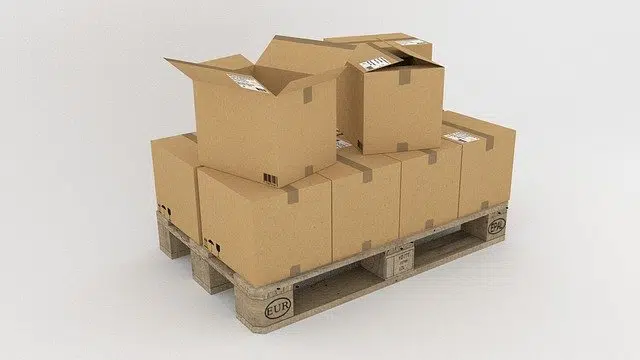
A piece of land can be divided into different lots.
The first definition of lot mentioned by the Royal Spanish Academy ( RAE ) in its dictionary refers to the part that is generated by the division of an element that must be distributed among different individuals . Each subject, in this way, corresponds to a lot.
A piece of land , for example, can be divided into several lots. It is common to use the notion of lot to refer to the plot obtained by dividing a surface that will be used for building .
A surface, in this framework, can be divided into several lots. Each lot works as an independent piece of land , with its own documentation (property title). The owner of a lot can decide on his plot , but not on the adjacent lots, since they belong to other people.
Lot as a set of items
A lot, on the other hand, is a set of similar or identical items that are grouped together for a specific objective . This meaning of the concept is frequently used in the field of commerce .
Suppose that a group of inspectors in charge of carrying out bromatological controls detect a bacteria in a chocolate of a certain brand. To prevent consumers from being affected, the authorities make the decision to prohibit the sale of a specific batch of said product: all the chocolates that were packaged in a certain period, as they could be contaminated.
A library, meanwhile, can auction off a batch of books to raise funds. These are repeated specimens that are part of the entity's collection. By selling this lot, the institution hopes to obtain money to acquire new reading materials.

A batch is a set of items produced at the same time or that share certain characteristics.
Manufacturing system
On the other hand, we have the concept of a batch production system , which consists of dividing everything into parts so that it is not possible to start a process until the previous one has finished. This means that production is not continuous, since an accumulation of material is generated at one point until it is moved to the next step.
It is important to note that there are several manufacturing systems used in the industry, and that each has its advantages and disadvantages. In fact, each company chooses the one that best suits its needs, depending on the products and materials used, the continuity of demand and the phases that comprise the process.
Features of batch production
Let's see below some of the advantages of the batch production system:
* It is ideal for manufacturing large quantities : companies that mass produce a single product through a process that does not vary can opt for this system to benefit from the experience that comes with repetition;
* training and specialization do not require large investments : since there are no changes in the operation of the machines or the process flow, employees do not have to receive constant training.
On the other hand, we can take a look at its disadvantages:
* inventory accumulates : since it is not possible to start a process if the previous one has not finished, much of the material spends too much time without being used, something that increases storage costs;
* downtime for machines and employees : for the same reason as the previous point, many machines remain inactive until the next process arrives and, in the same way, many workers must wait, without having assigned tasks ;
* It only allows one type of product to be manufactured : if the company wants to incorporate more to expand its horizons in the market, it must invest a lot of money and time , given that the batch production system is not flexible or versatile;
* Longer delivery times : the inevitable loss of time that this system entails delays delivery to customers .
